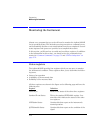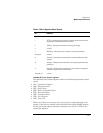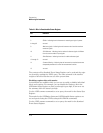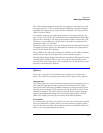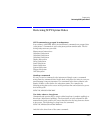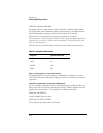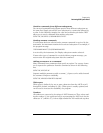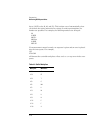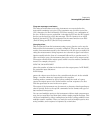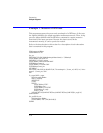
4-24
Programming
Reviewing SCPI Syntax Rules
OUTPUT 720;”:MEAS:SCAL:POW? MAX”
Programs written in long form are easily read and are almost self-document-
ing. Using short form commands conserves the amount of controller memory
needed for program storage and reduces the amount of I/O activity.
The rules for creating short forms from the long form is as follows:
The mnemonic is the first four characters of the keyword
unless
the fourth
character is a vowel, in which case the mnemonic is the first three char-
acters of the keyword.
This rule is
not
used if the length of the keyword is exactly four characters.
You can use upper or lowercase letters
Program headers can be sent using any combination of uppercase or lower-
case ASCII characters. Instrument responses, however, are always returned in
uppercase.
Combine commands in the same subsystem
You can combine commands from the same subsystem provided that they are
both on the same level in the subsystem’s hierarchy. Simply separate the com-
mands with a semi-colon (;). For example, the following two lines,
OUTPUT 720;”:CALC2:PEXC 12”
OUTPUT 720;”:CALC2:PTHR 20”
can be combined into one line:
OUTPUT 720;”:CALC2:PEXC 12;PTHR 20”
The semicolon separates the two functions.
Table 4-5. Examples of Short Forms
Long Form Equivalent Short Form
ROUTE ROUT
LAYER LAY
SYSTEM SYST
ERROR ERR



